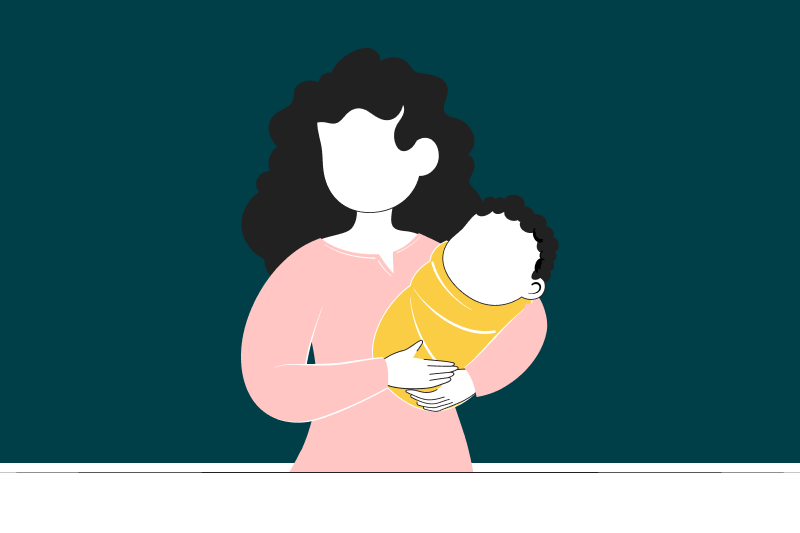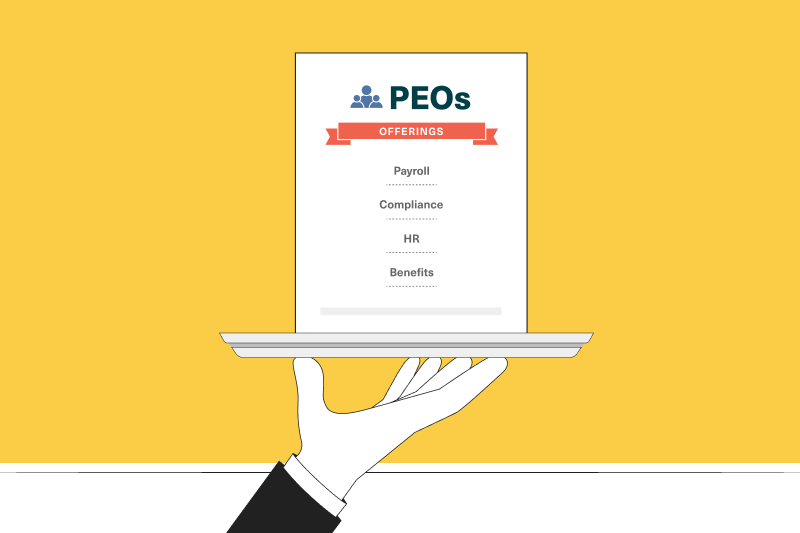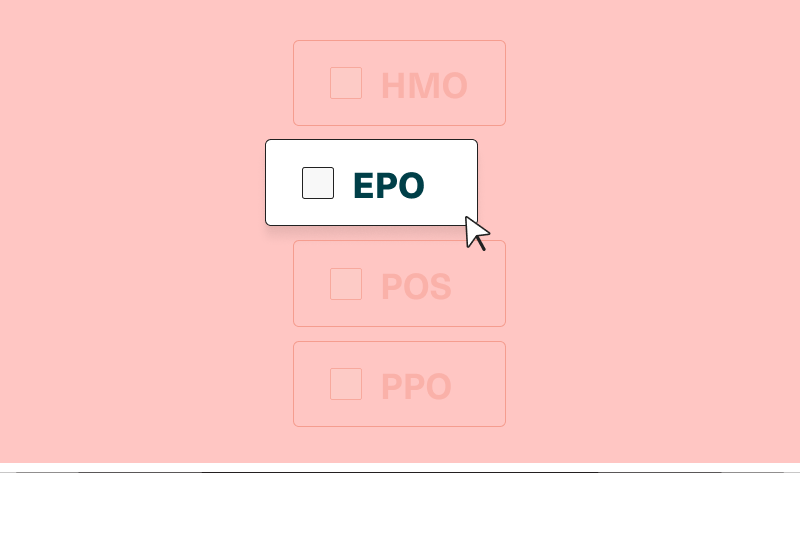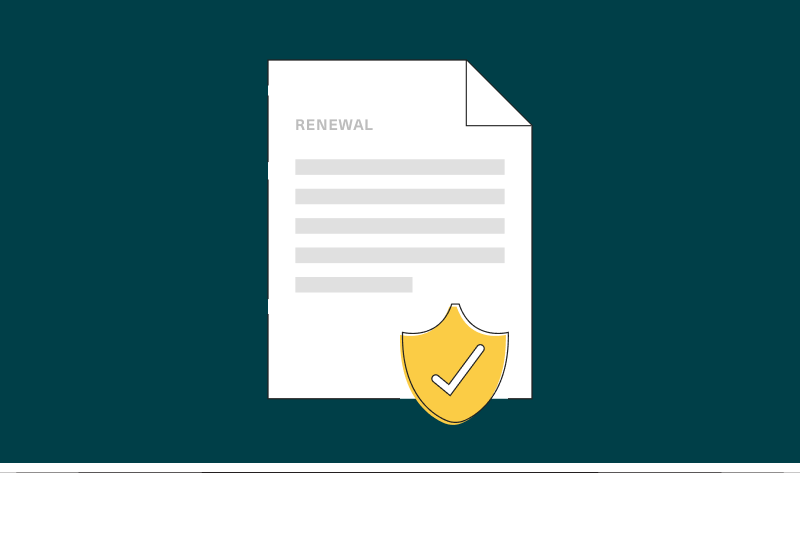Health insurance 101: What is a qualifying life event (QLE)?

A qualifying life event (QLE) is a change in your life that impacts your insurance needs or options. A QLE triggers a special enrollment period (SEP), making you eligible to purchase a new health insurance plan or adjust your existing plan outside of the open enrollment period. This is to ensure that people do not face gaps in essential health coverage following unexpected life events.
Read on to discover:
- The types of QLEs, with examples
- How the SEP works
- What documents you need to prove a QLE
QLE types and examples
There are three main categories of QLEs, as well as a handful of miscellaneous ones.
Loss of health insurance
This is any event (except for failure to pay) that causes you to lose the health insurance you previously had. Examples include:
- Losing coverage due to a job loss, whether you quit or were fired
- Losing eligibility for Medicare, Medicaid, or CHIP (Children’s Health Insurance Program)
- Turning 26 and losing coverage through your parents’ plan
- Losing coverage through COBRA (Consolidated Omnibus Budget Reconciliation Act)
- Losing coverage through a family member
- Losing eligibility for student health coverage
- Choosing not to renew a plan that ends outside of the Affordable Care Act’s open enrollment period
Household change
This refers to any change in your family situation that directly impacts your health coverage needs. Examples include:
- Getting married
- Getting divorced or separated (and losing coverage as a result)
- Adding a child to the family
- Experiencing a death in the family (that causes you to lose coverage)
Residence change
This is any change from one coverage area to another. Examples include:
- Moving to a new home in a new coverage area (state or county)
- Moving to the U.S. from another country
- Moving to (or from) where you attend school as a student
- Moving to (or from) your place of work as a seasonal employee
- Moving to (or from) a shelter
Other
This is any life event that affects health insurance coverage but does not fall into the categories above. Examples include:
- Serious medical conditions or natural disasters that caused you to miss open enrollment
- Receiving incorrect policy information or experiencing a technical error on the health insurance marketplace
- Being released from incarceration
- Becoming a U.S. citizen
- Changes in income that affect the coverage you qualify for
- Starting or ending Americorps service
- Experiencing domestic abuse or violence or spousal abandonment and choosing to enroll in your own plan
- Becoming a member of a federally recognized tribe or becoming an Alaska Native Claims Settlement Act Corporation shareholder
- Gaining a new dependent or becoming a dependent of someone else due to a court order
How the special enrollment period (SEP) works
If you experience a QLE, you will need to apply for a SEP — a 60-day period outside of the yearly open enrollment period when you can sign up for or change your health insurance.
The open enrollment period for the online health insurance marketplace created by the Affordable Care Act (sometimes called the ACA marketplace) is November 1 to January 15 in most states. Therefore, if you experience a QLE outside of that time frame and want to adjust or enroll in an ACA marketplace plan, you will need to apply for a SEP. You can do so at healthcare.gov (the federal health insurance marketplace) or at your state’s marketplace website if you live in one of the states that has created its own online exchange.
The process of being granted a SEP may look different if you have group health insurance through your employer. Employer-sponsored health plans have different open enrollment periods that do not always align with that of the ACA marketplace. The first step would be to determine when your company’s open enrollment period is and whether a SEP is necessary. If it is, talk to your employer or an HR professional at your company about how to report and document your QLE. You may need to contact your insurance provider directly.
Once you qualify for a SEP, you’ll have 60 days from the date of your QLE to choose and enroll in a health plan in most cases.
What documents you need to prove a QLE
In order to prove that you qualify for a SEP, you may need to provide relevant documentation of the QLE. This will vary depending on the event, but examples include:
- Birth certificates/adoption records
- Marriage licenses
- Divorce papers
- Death certificates
- Termination documents
- Rental agreements/mortgages
Frequently asked questions about QLEs
The 8-month SEP is the Medicare Part B SEP. You qualify for it if you are Medicare-eligible but have health coverage through your or your spouse’s job and want to delay taking Medicare Part B until that coverage ends. Starting the month after your group coverage or the job that provides it ends (whichever comes first), you have 8 months to sign up for Medicare Part B.
A QLE grants you a SEP of 60 days from the date of the life event in most cases.
If you missed open enrollment and don’t have a QLE, you still have coverage options. You can purchase short term health insurance — or, if you are eligible, you can apply for Medicaid, which has no open enrollment period.
Yes — you can usually cancel your health insurance without a QLE and not incur any penalty. But once you do, you cannot enroll again until the next open enrollment period and may experience a gap in coverage.
No — getting a new job is not considered a QLE. However, employers that offer group health insurance must grant new employees a SEP of at least 30 days, during which they can enroll in a plan or decline employer-sponsored coverage.







